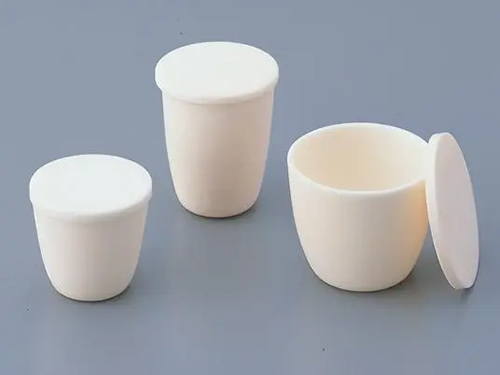
In the process of processing alumina ceramics, transparency is a key performance of alumina ceramics, and its transparency directly determines whether alumina ceramics can be widely used in industry to a certain extent. Do you know what factors affect the transparency of alumina ceramics? Below, the editor will introduce to you:
The factors that affect the transparency of alumina ceramics are as follows:1. Porosity:
The process of preparing alumina ceramics is essentially the densification process of completely excluding micro pores during the sintering process. The size, quantity, and type of pores in the material will have a significant impact on the transparency of alumina ceramic materials
2. Grain boundary structure:
The grain boundary structure of transparent and opaque alumina ceramics is different. The grain boundaries of transparent materials are clean and clear, and the phase composition of alumina ceramic materials usually contains two or more phases. This multiphase structure can cause light to scatter on the surface of the phase boundaries. When incident light enters the grain, it meets the grain boundary, causing refraction and reflection. If the refractive index of the grain boundary is the same as that of the grain, refraction and reflection will not occur. If there is a certain difference in refractive index between grain boundaries and grains, it will affect the transmittance
3. Grain size:
The transparency of alumina ceramics depends on the grain size of ceramic polycrystals. When the wavelength of incident light is equal to the grain diameter, the scattering effect of light is relatively large and the transparency is relatively low. Therefore, in order to better improve the transparency of alumina ceramics, the grain size of ceramics should be controlled outside the wavelength range of incident light
4. Surface finish:
The transparency of alumina ceramics is also constrained by surface smoothness. The untreated ceramic surface after sintering has a high roughness, and light incident on this surface will cause diffuse reflection. The higher the roughness of alumina ceramics, the lower their transmittance. Therefore, we can greatly improve the transparency by grinding and polishing the surface of alumina ceramics
In summary, we can see that the main factors affecting the transparency of alumina ceramics include porosity, grain boundary structure, grain size, and surface processing smoothness. By doing a good job in these aspects, we can help you obtain a alumina ceramic product with good transparency

Dongguan Zhongli Nano Ceramics Technology Co., Ltd. © Copyright 2023
【Backstage】